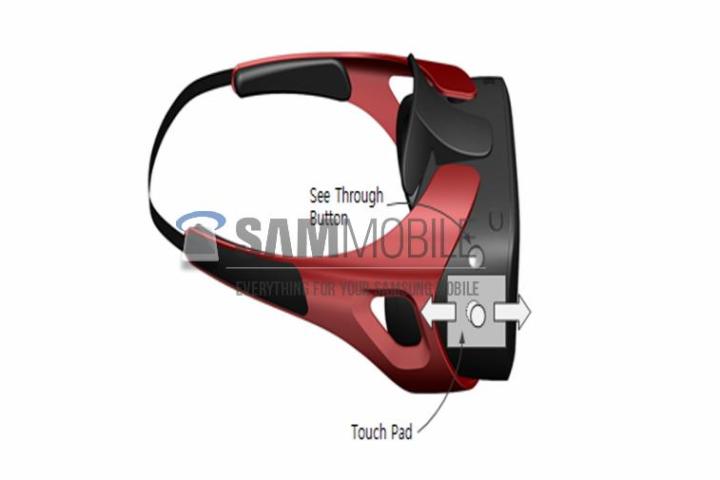
With Facebook snapping up the team behind the Kickstarter-funded Oculus Rift virtual reality headset, and Google recently announcing an interesting cardboard-based design, we kinda knew Samsung’s R&D team would be busy out back knocking something together.
And today it appears the first image of the Korean tech company’s virtual reality headset has surfaced.
‘Gear VR’
Apparently called the Gear VR (yeah, that sounds about right), the device will be announced along with the Galaxy Note 4 in September at the IFA consumer electronics trade show in Berlin, according to SamMobile.
The Gear VR appears to be more Google Cardboard (sans cardboard) than Oculus Rift, in that the head-tracking functionality will come from the sensors within a Galaxy smartphone rather than from inside the headset itself.
So simply slot the phone into the Gear VR, connect via Bluetooth 3.0, and let the handset’s accelerometer, gyroscope, and processors interpret your head motions.
As SamMobile points out, with little in the way of tech inside the headset, it could see the Gear VR launch with an attractive price tag, appealing to Galaxy handset owners and possibly pulling in a few new ones, too.
Design
Design-wise, the Samsung’s predominantly red Gear VR device appears to come with an elastic headband and padded cushions designed to fit snugly up against the head just behind the wearer’s ears.
A touchpad on the right side of the headset allows the user to navigate through various menus fed through from the smartphone.
Above the touchpad is what appears to be a small button, which apparently utilizes the smartphone’s rear camera to feed real-world images to the user, “this way the user won’t need to remove and wear the headset again and again, which will make the overall experience of wearing the headset easier than alternatives from Oculus or Sony,” SamMobile reports.
The Gear VR’s software is being developed in collaboration with the team behind the Oculus Rift VR device, while the headset itself is entirely the work of the Seoul-based tech firm.
We first heard that Samsung was prepping such a VR headset in May via an engadget report. SamMobile’s piece is further confirmation that the company is moving ahead with its plan, with a launch planned for the fall.


